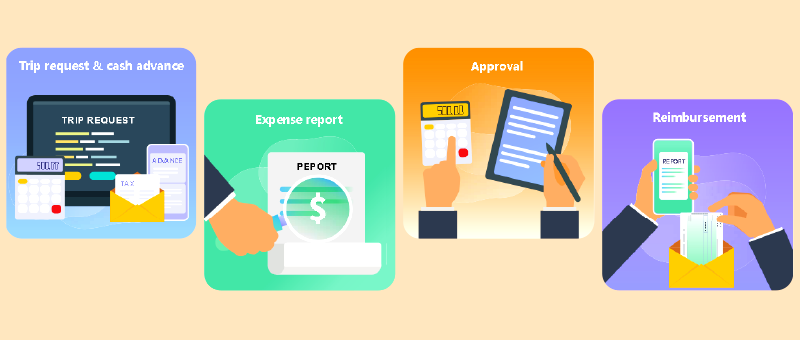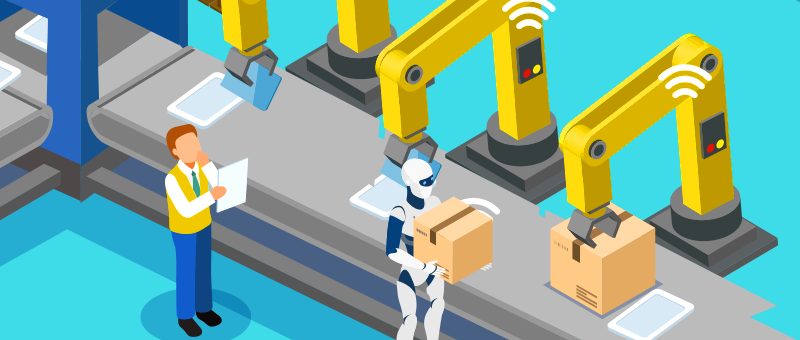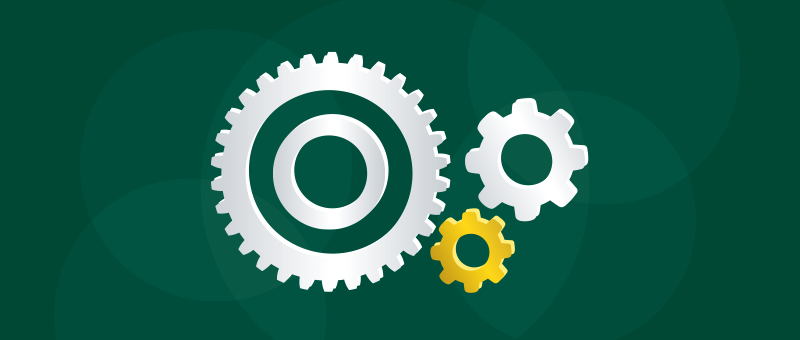IT Service Management
Challenge

Demand for IT service desks is growing faster than staffing and budgets can keep up, leading to a series of problems that kill the user experience. Understanding the most common challenges can help businesses address them early on to operate smoothly and continue to achieve excellent customer satisfaction.
1. The IT service desk is overloaded with requests from different channels, and service personnel are constantly interrupted by new requests while solving problems for customers
IT services are expensive. Without effective processes, it is difficult to cost-effectively solve problems and get things done without sacrificing quality. The more time a service desk spends answering calls, sifting through emailed requests, responding to customer WeChat or QQ, or even video conferencing with customers, the less they can focus on problem-solving. The more channels there are, the more chances their work will be interrupted. Most of their time is taken up with figuring out customer problems rather than solving them.
2. It takes too much time for the IT service desk to resolve issues and some issues are even lost
The more a business needs technology, the more dramatically the need for immediate troubleshooting increases. Problems can quickly arise when the IT service desk receives too many requests to be processed and does not have the necessary communication tools. For example, one survey found that as many as 43 percent of IT service desks use email to track user requests. Productivity stalls when employees have to manually classify these requests.
Without a structured ticket receipt process and request tracking tools, IT service desks will miss opportunities to capture data that can help identify common problems and ultimately reduce time to resolve them in the future.
3. Recurring problems
Directly related to our previous challenges are vexing unresolved but recurring problems. Without good record keeping and data analysis tools, the service desk cannot easily identify systemic problems. Time and company resources are wasted investigating and solving the same problems over and over again.
If a team is unable to capture valuable data, it will be difficult to plan adequately to address these issues and reduce the number of tickets submitted to deal with the root causes of common problems reported by users.
4. Tracking problems of user devices
Oftentimes, problems are related to user devices, and solutions need to be created by tracking installation information and gaining knowledge about those devices. Although tedious, service teams can learn how to solve specific problems.
Example 1: IT equipment is installed on the 35th floor of Bank of China Tower, Central, Hong Kong. In the case of IT equipment downtime, the service agreement requires that it should be repaired within four hours. Without tracking the IT equipment configuration, engineers cannot bring the appropriate spare parts to the site for emergency repairs. When the engineer arrived at the Bank of China Tower in Central, Hong Kong, he might also find that the IT equipment had been moved to the 10th floor of the Bank of China, Tsim Sha Tsui, Kowloon.
Example 2: When a user with the same IT equipment asks for help, the IT department is able to resolve the problem by analyzing the service history without having to repeat the entire troubleshooting process every time, which greatly increases productivity. But one survey found that 33 percent of IT service desks don’t track devices at all. If tracked, relevant information is often recorded on spreadsheets and outdated tools. If not properly managed, these tools can produce unreliable information.
5. Repeated time-consuming tasks
The service desk usually deals with various common issues regularly. This means a lot of time is wasted doing the same process over and over again. Password resets are the biggest culprit, accounting for a startling 20 to 50 percent of help desk calls.
Often, issues handled by the help desk can be resolved by end users, provided they have access to the correct information or through an automated process. Not having these really inhibits the potential of the sector and incurs a lot of unnecessary costs.
Solution
 ITSM can alleviate these challenges that cause headaches for IT service teams, reinventing an underperforming IT service team with outdated tools and processes into a modern and efficient IT service department that can respond immediately to issues or requests.
ITSM can alleviate these challenges that cause headaches for IT service teams, reinventing an underperforming IT service team with outdated tools and processes into a modern and efficient IT service department that can respond immediately to issues or requests.
 ITSM allows users to request assistance with incidents online and reduce interruption. It uses powerful incident management tools to track incidents and create alerts and follow-up messages when attention is needed.
ITSM allows users to request assistance with incidents online and reduce interruption. It uses powerful incident management tools to track incidents and create alerts and follow-up messages when attention is needed.  ITSM can also be used to log data, allowing your IT service desk to easily identify and solve recurring issues. Finally, it integrates a knowledge base and self-service portal so users don’t always have to rely on the IT service desk for simple tasks.
ITSM can also be used to log data, allowing your IT service desk to easily identify and solve recurring issues. Finally, it integrates a knowledge base and self-service portal so users don’t always have to rely on the IT service desk for simple tasks.
In addition to streamlining procedures to increase productivity through automation, data repositories, data analysis tools and self-service portals,  ITSM can transform your IT service desk into a cost-effective and robust IT service organization. With great performance and great reviews,
ITSM can transform your IT service desk into a cost-effective and robust IT service organization. With great performance and great reviews,  ITSM can revolutionize your IT service desk.
ITSM can revolutionize your IT service desk.
























































































































